Irish Soda Bread With Currants and Apricots

This American-style Irish soda bread with currants and apricots is sweeter than its traditional counterpart, thanks to the addition of brown sugar and dried fruit. The brown sugar adds a touch of molasses flavor while the currants and apricots add juicy texture and a bit of tang. Add some butter for the perfect combination and you just won St. Patrick's Day!
Even though this is not an authentic recipe, I tried to incorporate as much Irish wisdom into this bake as possible. I took the advice of a dear friend's father-a cherished accordion-playing Irishman, affectionately known as "Tony", who always made his soda bread with buttermilk and used a cast iron skillet to get that perfect brown crust.
Like many Irish soda bread recipes, Tony used raisins and occasionally caraway seeds, but I like the addition of currants, which are sweet and similar to raisins (more on that below), and the sweet tanginess of apricots. Thanks, Tony, I got it from here!
Irish soda bread is a type of quick bread that originated in Ireland. It is a traditional recipe that typically includes four main ingredients: flour, baking soda, salt, and buttermilk. The reaction between the baking soda and the acidic buttermilk produces carbon dioxide gas, causing the bread to rise without the need for yeast.
Here is what you will need to make this Irish-American soda bread.
- Flour- All-purpose.
- Baking soda- It's what makes this bread rise.
- Salt- Kosher or fine sea salt.
- Brown sugar- Adds some sweetness and a touch of molasses flavor.
- Egg- Adds a little richness to the bread.
- Buttermilk- When mixed with the baking soda, this will cause the bread to rise.
- Butter- Unsalted and very cold.
- Orange juice- For soaking/plumping the dried fruit.
- Currants or raisins- Zante currants, also known as "currants," are small, dried, black Corinth grapes. They have a sweet and tangy flavor, and because they are smaller than their raisin counterparts, they have a more intense flavor. You can easily swap these out for traditional raisins if you prefer.
- Dried apricots
- Butter or jam for serving
See the recipe card for quantities.
I bake this soda bread in a 10-inch cast iron skillet. It helps the bottom cook evenly. You can use any round or flat baking pan. You will also need some basic baking tools such as measuring cups, spoons, and mixing bowls. To cut the butter into the flour, I like to use a pastry cutter, but two forks will also do.
Making Irish soda bread is surprisingly easy. Use this step-by-step guide and refer to the expert baking tips to ensure your bread comes out perfect.
1 and 2- Soak the fruit in the orange juice for 10 minutes. Drain the fruit and squeeze out as much juice as you can, then set aside. 3- In a medium bowl, whisk together the dry ingredients. 4- In a separate bowl, whisk the sugar and the egg.
5- Add the buttermilk to the egg mixture and stir to combine. 6- Using a pastry cutter, combine the butter and the flour mixture and mix until the butter resembles the size of peas. 7- Combine the buttermilk and the flour mixture. 8- Add the fruit to the batter and mix until combined.
Dump the dough onto a floured surface and knead a few times until it comes together (the dough will be wet and sticky). Shape it into a round about 7 inches in diameter.
With a sharp knife, score the top with an "x" about ½ inch deep. Place dough onto a parchment-lined baking pan, or skillet. Bake for 50-65 minutes until golden brown and a tester comes out clean.
Let cook on a wire rack for 15 minutes. Serve warm with butter.
- Make sure your butter and buttermilk are cold. You can even pop the butter and buttermilk in the freezer for 10 minutes to ensure it's very cold.
- Use fresh baking soda! This is what makes the bread rise. To test your baking soda, add ¼ teaspoon baking soda in a cup then add 2 teaspoons vinegar. If the mixture doesn't bubble, it's time to replace your baking soda.
- Don't overwork the dough. The warmth of your hands will decrease the temperature of the ingredients, resulting in a flatter loaf.
- For easy clean-up line your skillet or baking pan with parchment paper.
- Your soda bread will be ready when it is browned and a hollow sound is heard when tapping the bottom. The top will be crisp and browned.
- Butter: This soda bread is best served warm with some salted butter. Serve it with Irish butter for a true Irish indulgence.
- Fruit: Eat it plain with a cup of your favorite sliced fruit.
- Cheese: Make a cheese board, and serve the bread alongside a variety of soft and hard cheeses.
- Soup: This bread makes a great dunking companion for your favorite hearty soup.
- Sandwiches: Use slices of Irish soda bread to make sandwiches. It works well with both sweet and savory fillings. For example, you can make a sandwich with ham, cheese, and mustard.
- Toasted or Grilled: Toasted or grilled Irish soda bread adds a new dimension to its flavor and texture. You can toast slices and serve them with various toppings, such as avocado or poached eggs.
- Irish Breakfast: Serve it with eggs, bacon, sausage, and other breakfast items.
- Holiday Celebrations: During St. Patrick's Day, Irish soda bread is often part of festive meals. It can be served alongside other traditional dishes, such as corned beef and cabbage.
Allow the bread to cool, and wrap tightly in plastic wrap. Store at room temperature for 3-4 days. You can also freeze soda bread for up to 3 months.
Irish soda bread will have a firm crunchy crust, but soft and pliable on the inside. Use a serrated knife to slice your soda bread to preserve the crispy exterior.
Try my other recipes inspired by international flavors.
🍳Did you make this recipe? I would love to hear about it! Please leave a recipe rating with comment right below the recipe card. If you snapped a photo of your creation, don't forget to tag me on Instagram @brunchandbatter.
Irish Soda Bread With Currants and Apricots
Recipe details
Ingredients
- 1/2 cup dried currants or raisins
- 1/3 cup dried apricots, finely chopped
- 1/4 cup orange juice
- 3 tablespoon dark brown sugar
- 1 large egg
- 1 3/4 cup buttermilk, cold
- 4 cups all-purpose flour
- 1 teaspoon baking soda
- 1 teaspoon Kosher or fine sea salt
- 4 tablespoon cold unsalted butter, cut into cubes
Instructions
- Preheat the oven to 375℉. Prepare a cast iron skillet or baking pan with parchment paper.
- Soak the fruit: In a small bowl, add the orange juice, currants, and apricots. Leave to soak. While the fruit is soaking, prepare the dough. Have a few paper towels ready to remove and drain the fruit when ready.½ cup dried currants or raisins, ⅓ cup dried apricots, finely chopped, ¼ cup orange juice
- In a separate bowl, whisk the sugar and the egg. Add the buttermilk and whisk until combined. Set aside.1 large egg, 3 tablespoon dark brown sugar, 1¾ cup buttermilk, cold
- In a medium bowl, whisk together the flour, baking soda, and salt. Using a pastry cutter (or 2 forks), cut the butter into the dough until the butter resembles the size of peas. 4 cups all-purpose flour, 1 teaspoon baking soda, 1 teaspoon Kosher or fine sea salt, 4 tablespoon cold unsalted butter, cut into cubes
- Add the buttermilk mixture to the flour mixture. Stir until the flour is moistened through. Squeeze out the juice from the soaked fruit as much as you can, then add the fruit to the dough. Mix until combined.
- Dump the dough onto a floured surface. The dough will be sticky. Knead a few times until the dough comes together and shape it into a round (about 7 inches in diameter). If the dough is too sticky, add a little more flour. Using a sharp knife, score an "x" into the top of the dough about ½ inch deep.
- Add the dough to the prepared skillet or pan, and bake 50-65 minutes until golden brown on top, and a tester comes out clean. The bottom will be nicely browned and the bread will feel hollow when tapped on the bottom. Remove to a wire rack and let cool for about 15 minutes. Serve warm with butter or jam.
Tips
- Make sure your butter and buttermilk are cold. You can even pop the butter and buttermilk in the freezer for 10 minutes to ensure it's very cold. Use fresh baking soda! This is what makes the bread rise. To test your baking soda, add ¼ teaspoon baking soda in a cup then add 2 teaspoons vinegar. If the mixture doesn't bubble, it's time to replace your baking soda. Don't overwork the dough. The warmth of your hands will decrease the temperature of the ingredients, resulting in a flatter loaf. For easy clean-up line your skillet or baking pan with parchment paper. Your soda bread will be ready when it is browned and a hollow sound is heard when tapping the bottom. The top will be crisp and browned
- Make sure your butter and buttermilk are cold. You can even pop the butter and buttermilk in the freezer for 10 minutes to ensure it's very cold.
- Use fresh baking soda! This is what makes the bread rise. To test your baking soda, add ¼ teaspoon baking soda in a cup then add 2 teaspoons vinegar. If the mixture doesn't bubble, it's time to replace your baking soda.
- Don't overwork the dough. The warmth of your hands will decrease the temperature of the ingredients, resulting in a flatter loaf.
- For easy clean-up line your skillet or baking pan with parchment paper.
- Your soda bread will be ready when it is browned and a hollow sound is heard when tapping the bottom. The top will be crisp and browned
- Serving and storage: This Irish soda bread is best served warm with butter. It can be wrapped in plastic and stored at room temperature for a few days. It is even better reheated and toasted with butter the next day! You can also freeze soda bread for up to 3 months.






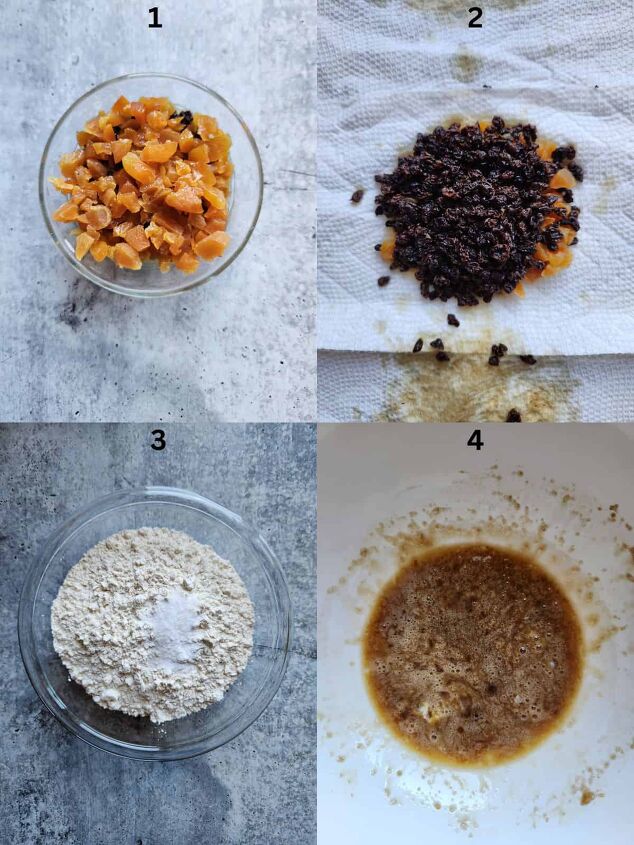









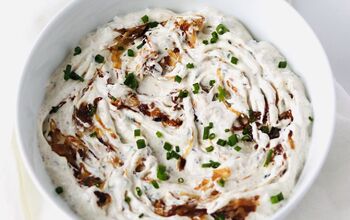
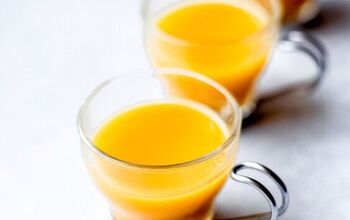

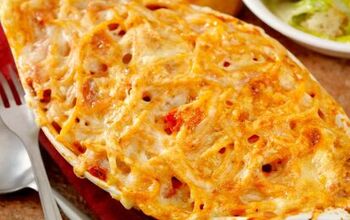

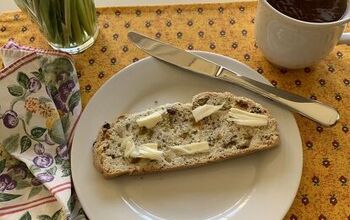


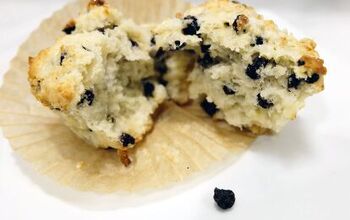

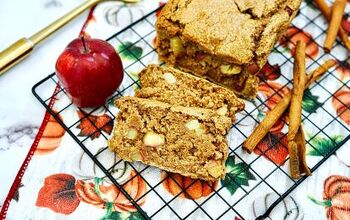
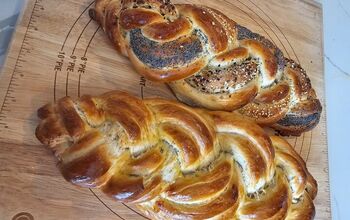


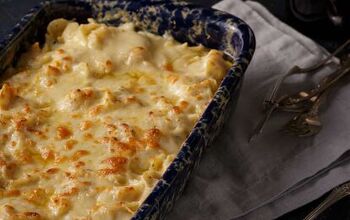


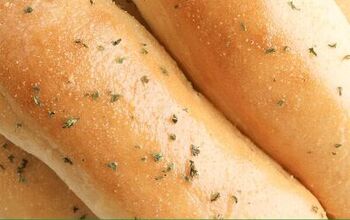
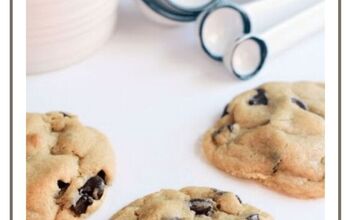
Comments
Share your thoughts, or ask a question!